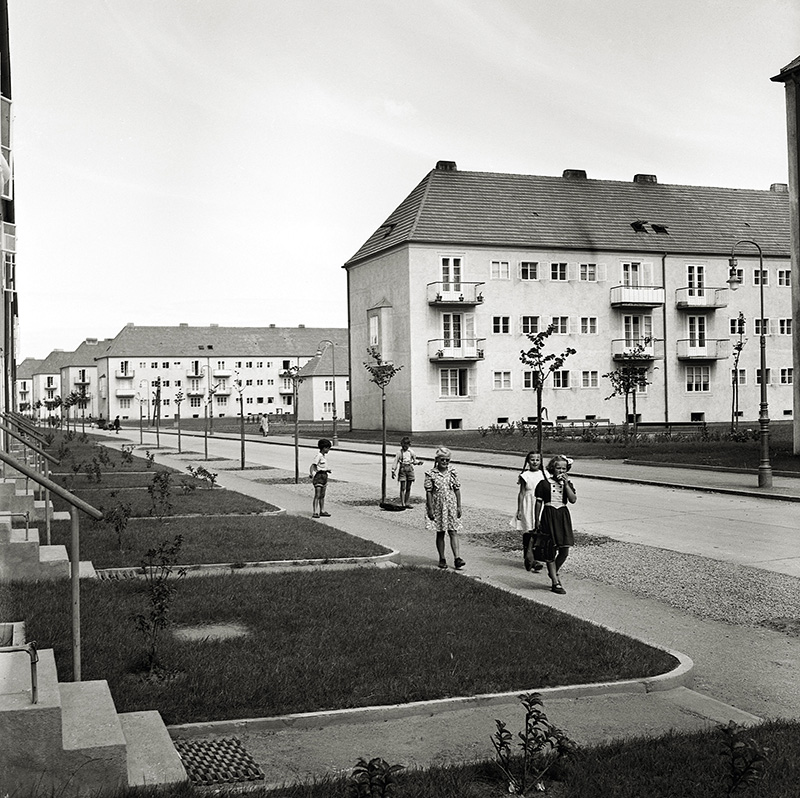ARCHITECTURE:Budapest-Vienna,Parallel Urban Spaces
 Austro-Hungarian Empire was a constitutional union of the Austrian Empire and the Kingdom of Hungary that existed from 1867 to 1918, when it collapsed as a result of defeat in World War I. The exhibition “Metropolises: Budapest|Vienna” focuses on the distinctive architectural languages of Budapest and Vienna and the urbanisation of landscapes along the river.
Austro-Hungarian Empire was a constitutional union of the Austrian Empire and the Kingdom of Hungary that existed from 1867 to 1918, when it collapsed as a result of defeat in World War I. The exhibition “Metropolises: Budapest|Vienna” focuses on the distinctive architectural languages of Budapest and Vienna and the urbanisation of landscapes along the river.
By Dimitris Lempesis
Photo Ringturm Exhibition Centre Archive
The exhibition “Metropolises: Budapest|Vienna-Parallel Urban Spaces from the 20th Century” at Ringturm Exhibition Centre, is the first exhibition of 2018 in the “Wiener Städtische Versicherungsverein’s Architektur im Ringturm” series. Architectural trends in both capitals between 1918 and 1970 are portrayed in chronological order: from the end of the dual monarchy to the conclusion of the late modernist period in the early 1970s. A selection of 130 pairs of images presented alongside one another highlights the similarities and differences in architecture and the arts. The exhibition also references the key architectural, urban planning and social debates of the 20th Century. Housing: Residential apartment buildings are the most elementary component of a city ,not solely due to their bulk and sheer number, but also because of the essential role they play in the lives of city residents. Changes in forms of housing and ways of life took place in parallel, but also reinforced one another. Successive housing reforms implemented in the 20th Century led to changes in the different types of residential construction and, over time, to the structures formed by streets, squares and courtyards – components that had been seen as a constant for Centuries. City of speed: The 20th Century mythologized the concept of speed. To cut travel times in the city , even if only by a few minutes, tunnels were built, overpasses put up, neighborhoods razed and boulevards felled. But rather than defeating time itself, the fight against it paradoxically ended up conquering space. Instead of shortening travel times with trams, buses and cars, cities ended up spreading out over a larger area. Lighting and electricity: Electricity shaped the 20th Century, its invisible “neural pathways” bringing a splendor of light into the city. Flowing day and night, this clean energy was simply crying out to be used to light alleys, streets, display windows, buildings and monuments. Many people believe modern lighting has turned night into day. But that would be an exaggeration and actually misses the essence of the change – it was not about extending the day, but the birth of a new cityscape. The era of wars and dictatorships: Two world wars left an indelible mark on the first half of the 20th century: prisoners of war, death marches, genocide, and the systematic and merciless elimination of whole cities. In Europe, as much was destroyed as built during the short 20th century – if not more. And at least as much energy was expended in annihilating the built environment as was put into planning for the future. Verticality: In European architecture, verticality primarily defines the Gothic era: between the 13th and 15th Centuries, soaring church towers represented stony prayers rising up to the heavens. By contrast, verticality in the 20th Century was downward-looking, offering a powerful perspective to anyone who wanted to rule over the masses. In many people’s minds, the construction of high-rise residential and office buildings is linked with the proliferation of reinforced concrete. However, developments in mechanical engineering were just as important, if not more so: elevators, the expansion of high pressure water pipeline networks, and central heating. The city and its past: People’s relationship with their past in the 20th Century differed fundamentally to that in other periods in history. For centuries, cities changed in small steps that virtually went unnoticed by their inhabitants. Urban spaces conveyed a sense of continuity and the predictability of a lifelong backdrop. However, the 19th Century put paid to this illusion, and by the 20th Century rapid change had become an accepted reality. As urban planning grew more radical, increasing precedence was given to preserving the historic face of the city. Capitals on the Danube: In 1918 a new chapter opened in the history of the Danube. The fall of the Austro-Hungarian monarchy saw the river become a locus of international cooperation. Both Vienna and Budapest expanded, with new neighborhoods along the banks of the river bringing practical apartments, public spaces and parks.
Info: Curator: Adolph Stiller, Ringturm Exhibition Centre, Schottenring 30, Vienna, Duration: 7/3-8/6/18, Days & Hours: Mon-Fri 9:00-18:00, www.airt.at







